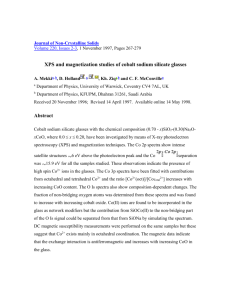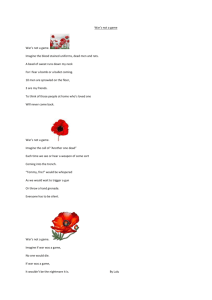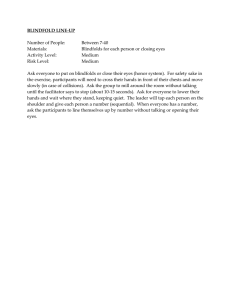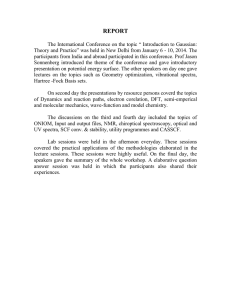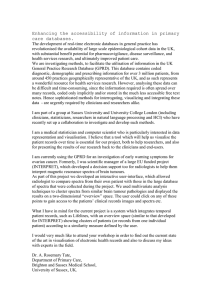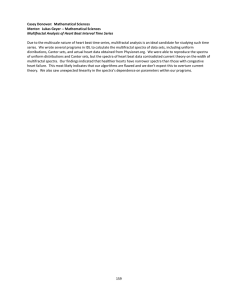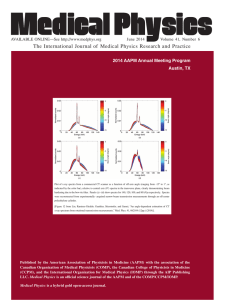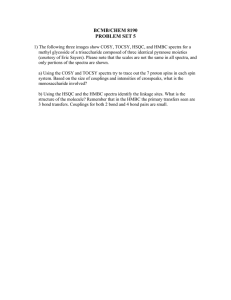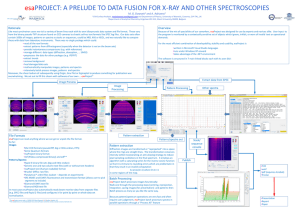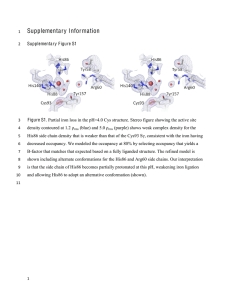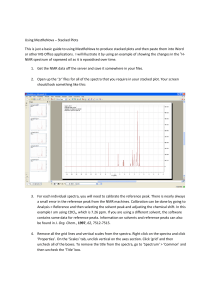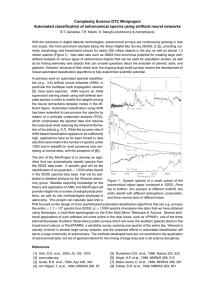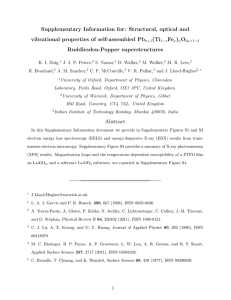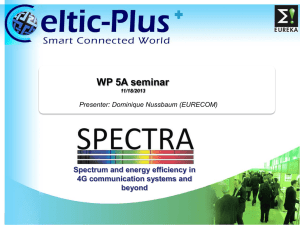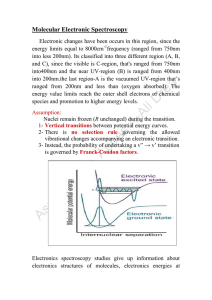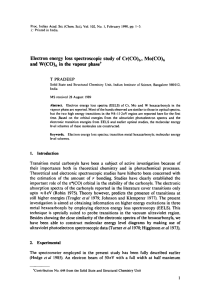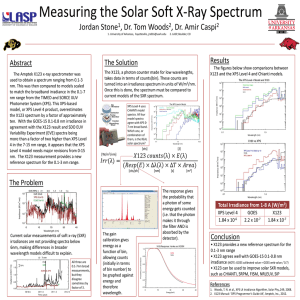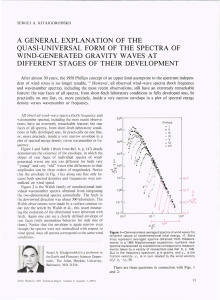Beyond Spectra and Images: Getting the Most from Chemical Solid Materials
advertisement
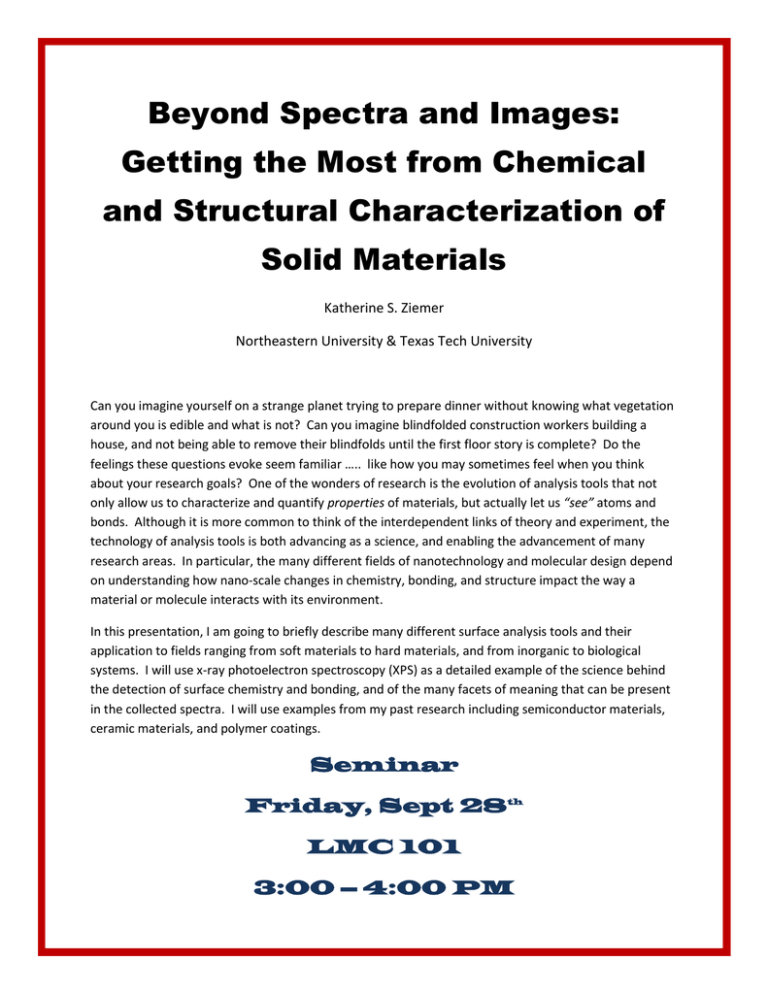
Beyond Spectra and Images: Getting the Most from Chemical and Structural Characterization of Solid Materials Katherine S. Ziemer Northeastern University & Texas Tech University Can you imagine yourself on a strange planet trying to prepare dinner without knowing what vegetation around you is edible and what is not? Can you imagine blindfolded construction workers building a house, and not being able to remove their blindfolds until the first floor story is complete? Do the feelings these questions evoke seem familiar ….. like how you may sometimes feel when you think about your research goals? One of the wonders of research is the evolution of analysis tools that not only allow us to characterize and quantify properties of materials, but actually let us “see” atoms and bonds. Although it is more common to think of the interdependent links of theory and experiment, the technology of analysis tools is both advancing as a science, and enabling the advancement of many research areas. In particular, the many different fields of nanotechnology and molecular design depend on understanding how nano-scale changes in chemistry, bonding, and structure impact the way a material or molecule interacts with its environment. In this presentation, I am going to briefly describe many different surface analysis tools and their application to fields ranging from soft materials to hard materials, and from inorganic to biological systems. I will use x-ray photoelectron spectroscopy (XPS) as a detailed example of the science behind the detection of surface chemistry and bonding, and of the many facets of meaning that can be present in the collected spectra. I will use examples from my past research including semiconductor materials, ceramic materials, and polymer coatings. Seminar Friday, Sept 28th LMC 101 3:00 – 4:00 PM
